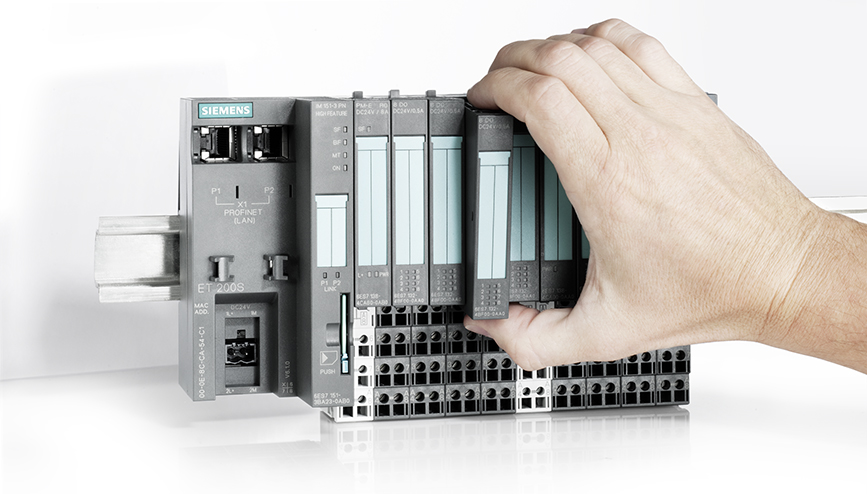Modbus vs Profibus- Advantages of Modbus Over Profibus
In today’s world, there are many different protocols, and some are better equipped to work in different applications. Modbus and profibus each have strengths, and there is some overlap as to what each of them is capable of. Some people, however, consistently prefer to use modbus over profibus.
 Modbus was originally designed in the mid 70’s and was a proprietary protocol for Modicon. The company published it royalty free before finally making it an open protocol. Many companies began using it, and because of this, there are now several variations. Even though it has variants, it is best described as simple. It’s easy to implement and easy to use. This is one of its biggest strengths. The specification document is less than 100 pages, which indicates its simplicity. Modbus usually refers to one of three protocols – Modbus ASCII, Modbus RTU, or Modbus TCP/IP.
Modbus was originally designed in the mid 70’s and was a proprietary protocol for Modicon. The company published it royalty free before finally making it an open protocol. Many companies began using it, and because of this, there are now several variations. Even though it has variants, it is best described as simple. It’s easy to implement and easy to use. This is one of its biggest strengths. The specification document is less than 100 pages, which indicates its simplicity. Modbus usually refers to one of three protocols – Modbus ASCII, Modbus RTU, or Modbus TCP/IP.
Modbus ASCII was the first modbus, and usually runs on the RS-232 or the RS-485 physical layer. There is one master and all slaves are polled on demand by the master. The message frame can be up to 253 bytes.
Modbus RTU is a variation of Modbus ASCII. The difference is the encoding of the data. RTU uses bytes to encode messages, which increases the throughput.
Modbus TCP/IP was added much later, and can be thought of as, essentially, a way of encapsulating an RTU packet within a TCP/IP packet. It’s simple to use, but is slower than other Ethernet products. It is still adequate for monitoring applications.
As Modbus is a simple master slave protocol, and the master has full control of the communication. The slave will only respond when asked. The master will record the outputs, and read the inputs from every slave during every cycle. The slave devices don’t join the network, and they only respond when spoken to, and remain idle when they are not being spoken to. There’s no requirement for a watchdog timer, and there’s no requirement for diagnostics for the slave’s health.
Modbus usually uses the RS232 or the RS485 physical layer, but it can also use other physical layers, like phone lines, or wireless. RS232 and RS485 were established physical layers during the Modbus original development, and it didn’t add any new requirements.
In the case of using phone lines and wireless, Modbus has excelled. Phone lines and wireless introduce delays in the messages, which can be problems, but Modbus either deals with this, or it adapts to work in these applications.
Modbus can be used from a controller, or monitor to a smart device, controller, or monitor to a smart device from multiple vendors and for remote monitoring of information from a smart device.
Profibus is not only more complicated to implement and use, but it also uses specialized characteristics which tie it to RS485. RS485 is used in many different industries but it will become obsolete. Modbus, on the other hand, is always going to grow and be utilized because of its simplicity, and because it can be adjusted to the Ethernet, without overly complicated processes.
However, it is possible to utilize both protocols to work together. Modbus is the data transport between a master controller/data concentrator and has a remote profibus station. Using both protocols allows the simple implementation and easy modem support of modbus, while also gaining some positives from profibus. Profibus can be used in hazardous and multi vendor applications, and modbus provides a link between a SCADA system and a data concentrator.

 This is a digital computer which is specially adapted for the control of manufacturing processes such as assembly lines, lighting fixtures, robotic devices, amusement rides or activities that require high-reliability control, process fault diagnosis and ease of programming.
This is a digital computer which is specially adapted for the control of manufacturing processes such as assembly lines, lighting fixtures, robotic devices, amusement rides or activities that require high-reliability control, process fault diagnosis and ease of programming.